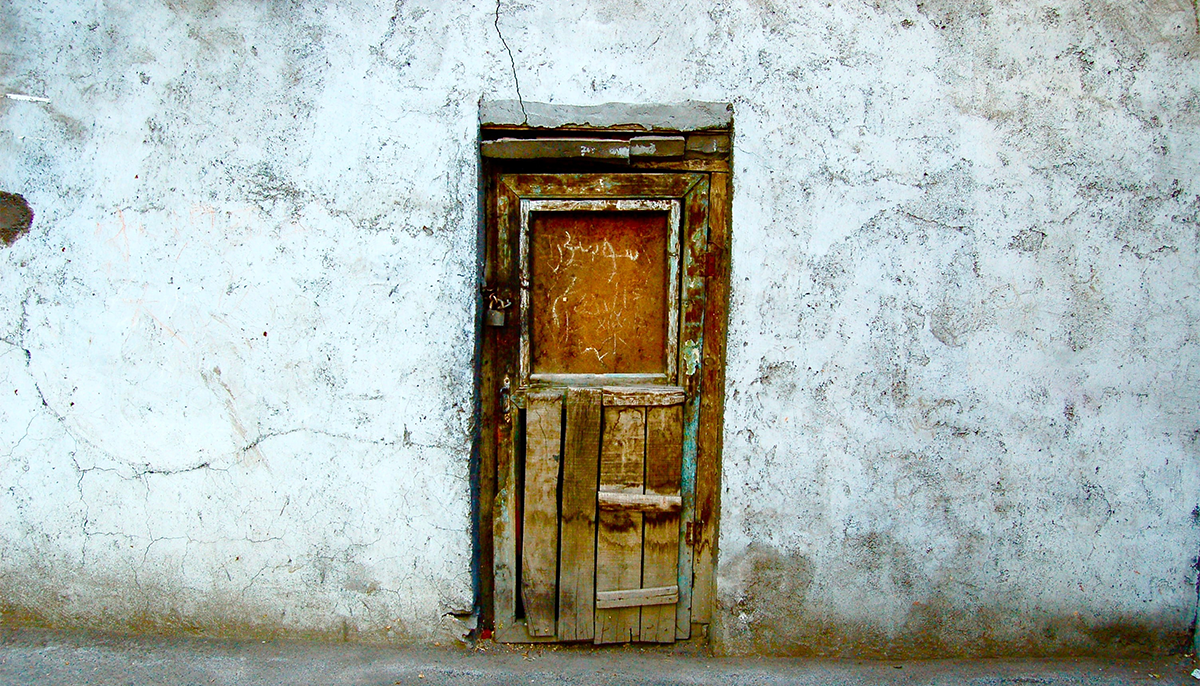Lion’s Roar AV Producer Sandra Hannebohm looks at wabi-sabi and the perfection of imperfection.
For several years, the furniture in my house has been picked up for free at curbside giveaways. There’s a special pride that comes with my “cheap” décor. Pride in the story. In the uniqueness. And in my resourcefulness.
There’s also shame in the fact that this “look” — this shoddy, worn-down furniture — is the result of not being able to afford something “better.”
All my lamp shades are crooked. You can tell this bookshelf is the wooden base of a construction sign, leant against the wall. That other bookshelf is an old bed frame with shelves added to it. There’s a beautiful tea table with a design that keeps chipping away.
Today wabi-sabi is known in the West as a popular trend in style and interior design, yet it originally drew on Chinese Confucianism and Japanese Taoism as a defiant response to elite materialism.
Wabi-sabi is now known as a design trend akin to hygge or minimalism. But the essence of its appeal lies in what cannot be bought or mass produced.

No comments:
Post a Comment